Cart
Your cart is empty
Your cart is empty
List is empty
Press ESC to close the search field

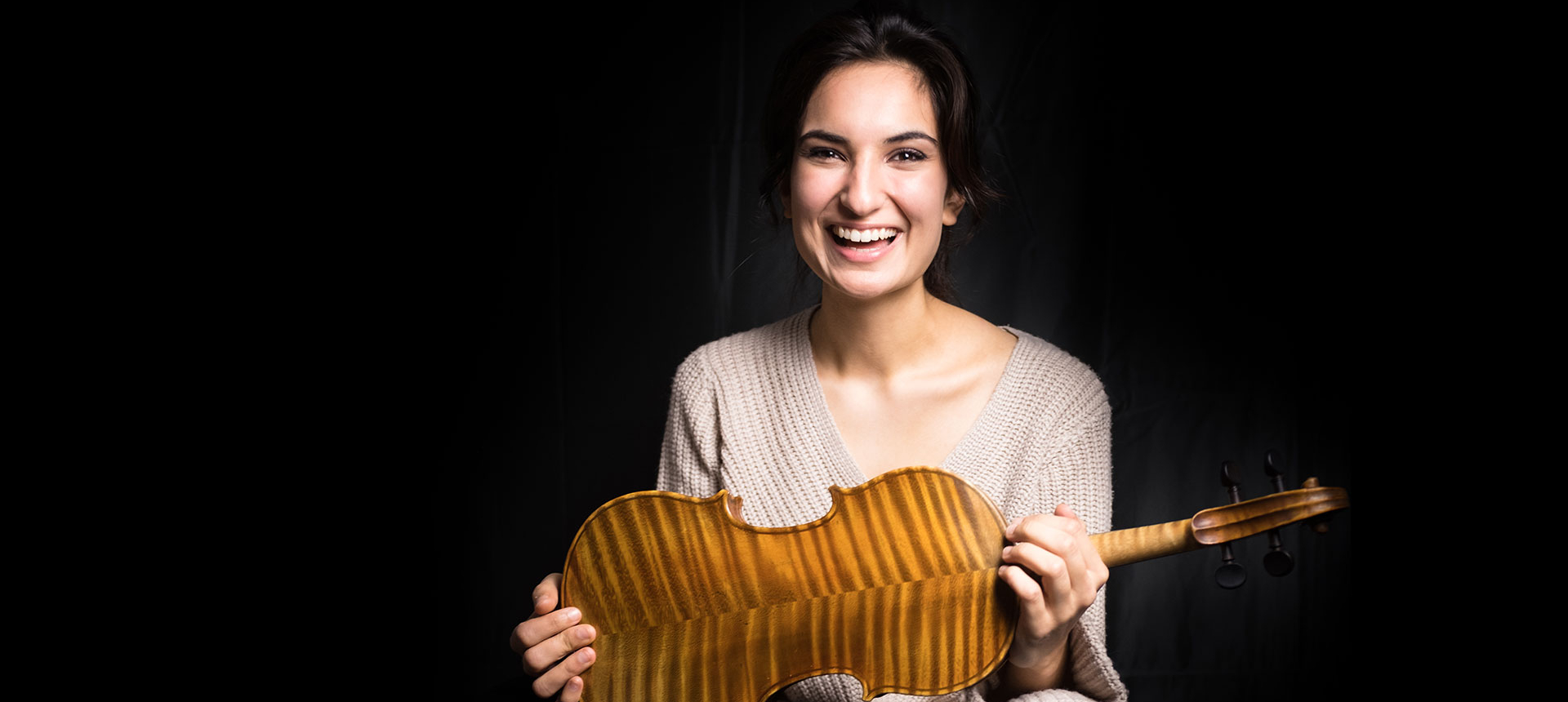
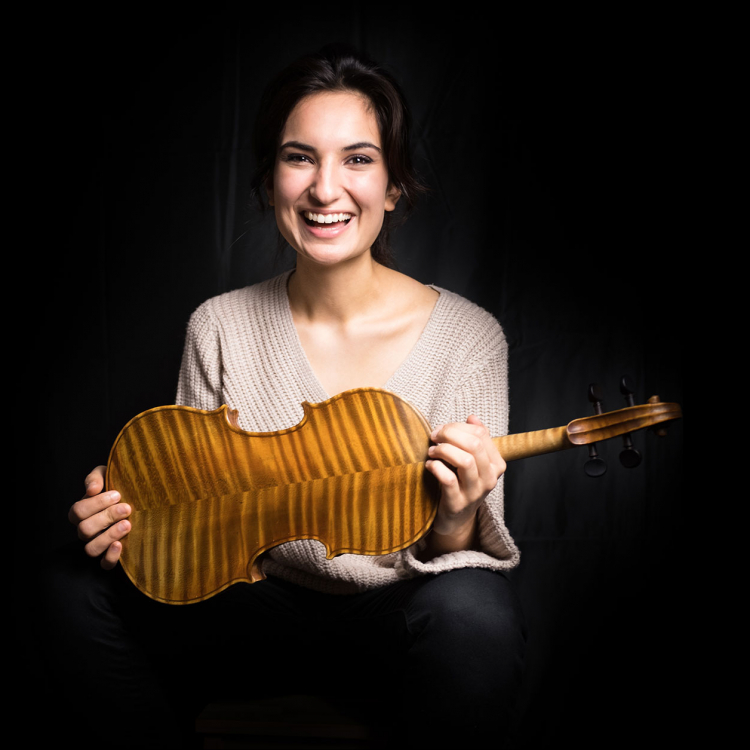
Event has already taken place. Pop-up concert in the Johanneberg Church with Gothenburg Symphony Orchestra and Gothenburg's own star violinist Ava Bahari, conductor Anton Holmer. Free entry, no tickets. Just come!
Join us for a pop-up concert with the Gothenburg Symphony Orchestra in Johanneberg church! When late summer sighs happily, the Gothenburg Symphony offers music with Gothenburg’s own star violinist Ava Bahari. In addition, Dvorák’s eighth symphony, a life-affirming flow of lyrical sounds where strings and brass are allowed to shine.
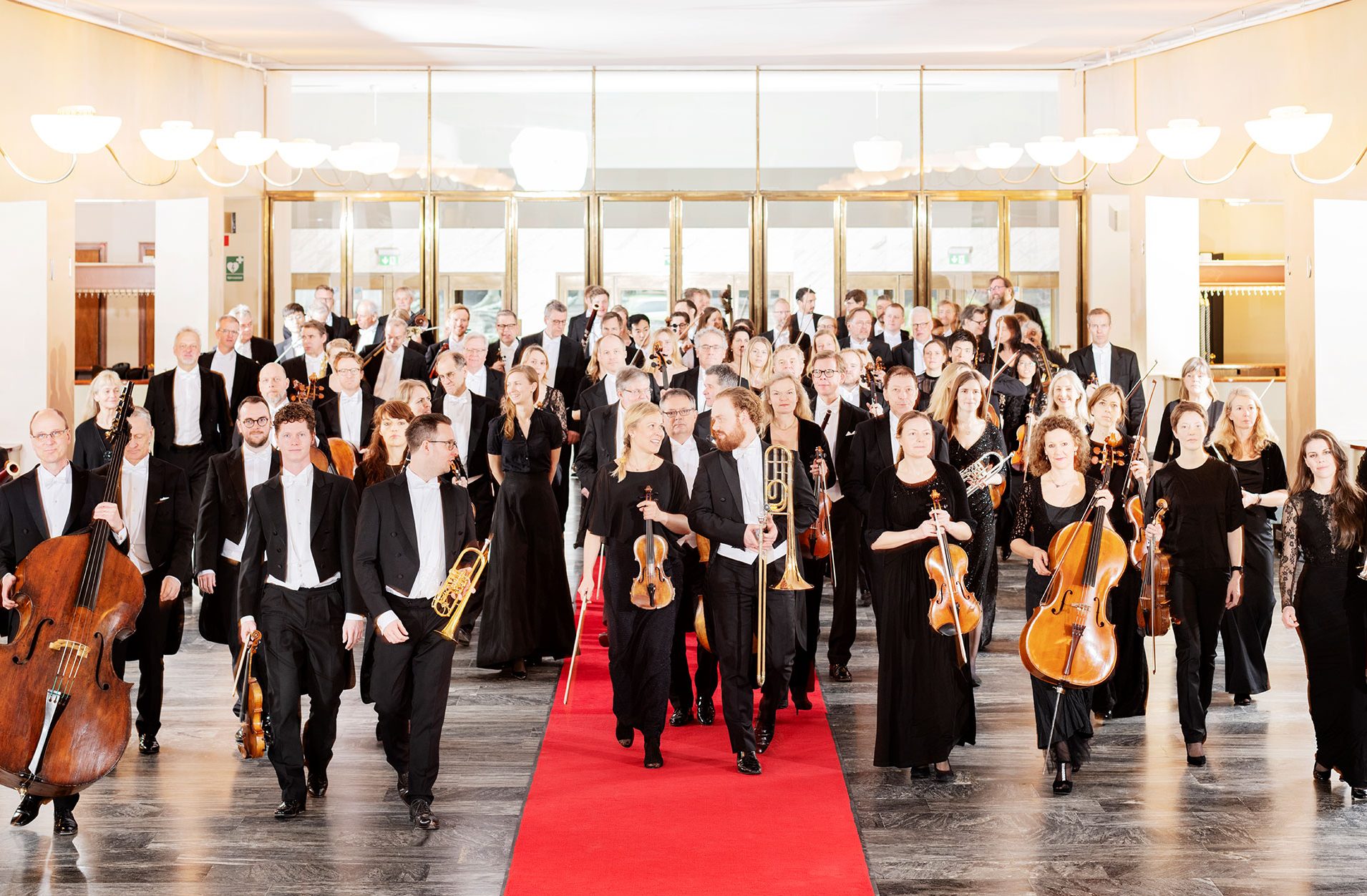
The concert begins with one of the most beautiful Swedish pieces ever written, the adagio from Vaknatten (“The Wake Night”) by Karl-Birger Blomdahl. A neoclassical dream that floats upwards under the high vault of the Johanneberg church. Vaknatten was written as theater music in 1945 by Blomdahl from Småland, who would later approach significantly more modern tones. He is most known for his opera version of Aniara.
Ava Bahari, 26, made her debut as a soloist with the Gothenburg Symphony with noise and bang last winter when she took on Schoenberg’s difficult violin concerto. “Arguably, this is playing that carries Ava Bahari into the world,” GP wrote. Now she is booked on stages around Europe and alternates her guest performances with violin studies in Berlin. This concert she plays a real show number, Introduction and Rondo Capriccioso by the Frenchman Camille Saint-Saëns.
Finally, conductor Anton Holmer leads the orchestra in swirling Czech music in Antonin Dvorak’s Eighth Symphony. It is happy smiling music and a celebration of life and the gifts of nature. One of Dvorák’s most played symphonies, along with the well-known 9th.
Anton Holmer has in a short time established himself as one of Sweden’s most prominent young conductors. He has conducted the Swedish Radio Symphony Orchestra, the Royal Stockholm Philharmonic, the Orchester National de Metz and the Wind Symphony of Stockholm. Other collaborations include the Gävle Symphony Orchestra, the Swedish Chamber Orchestra, the Dalasinfonietta, the Jönköping Sinfonietta and the Arméns Musikkår. Since autumn 2021, he has been assistant conductor at the Orchester National de Lyon together with chief conductor Nikolaj Szeps-Znaider.
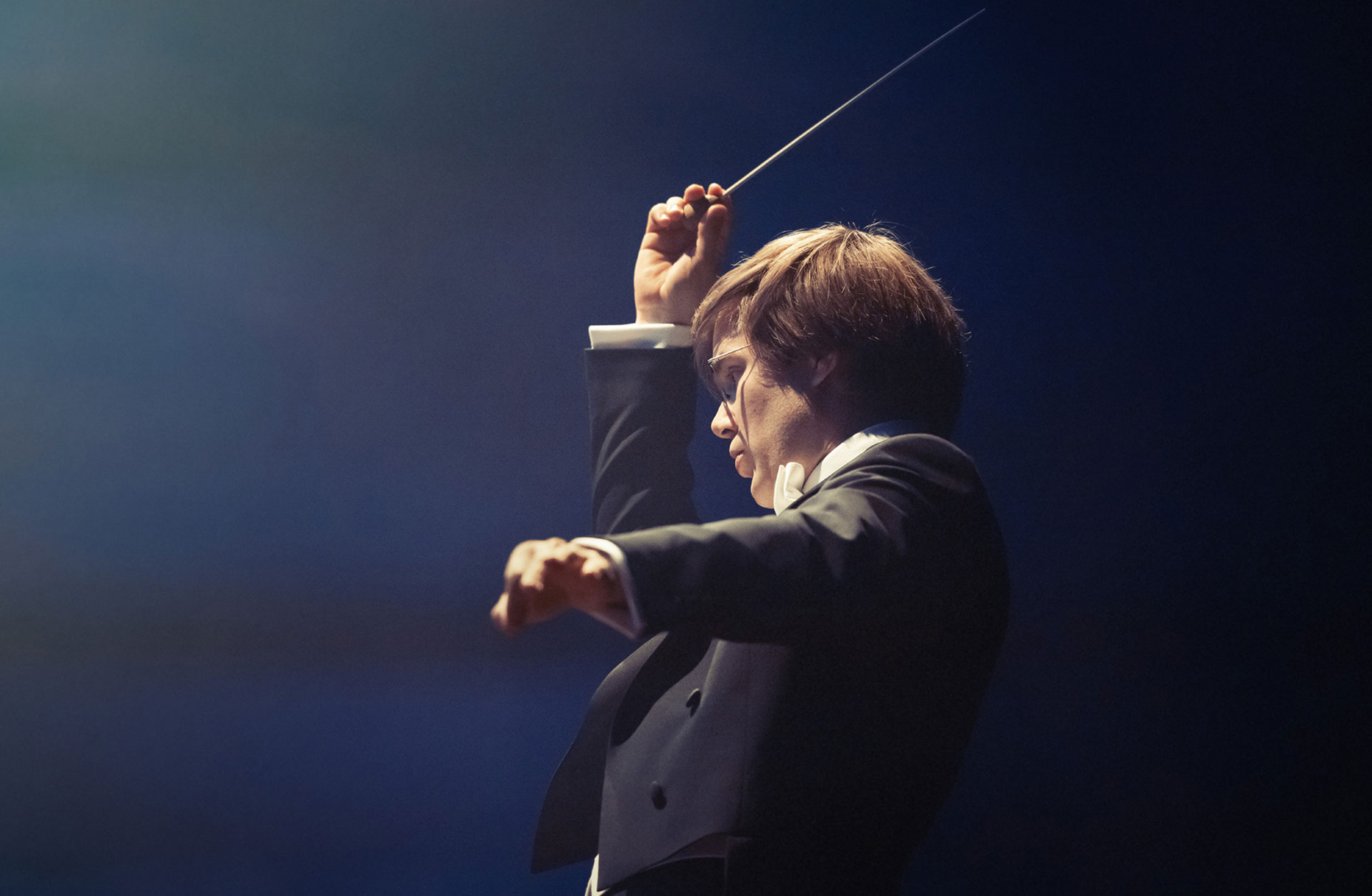
Get to know the classical pieces.
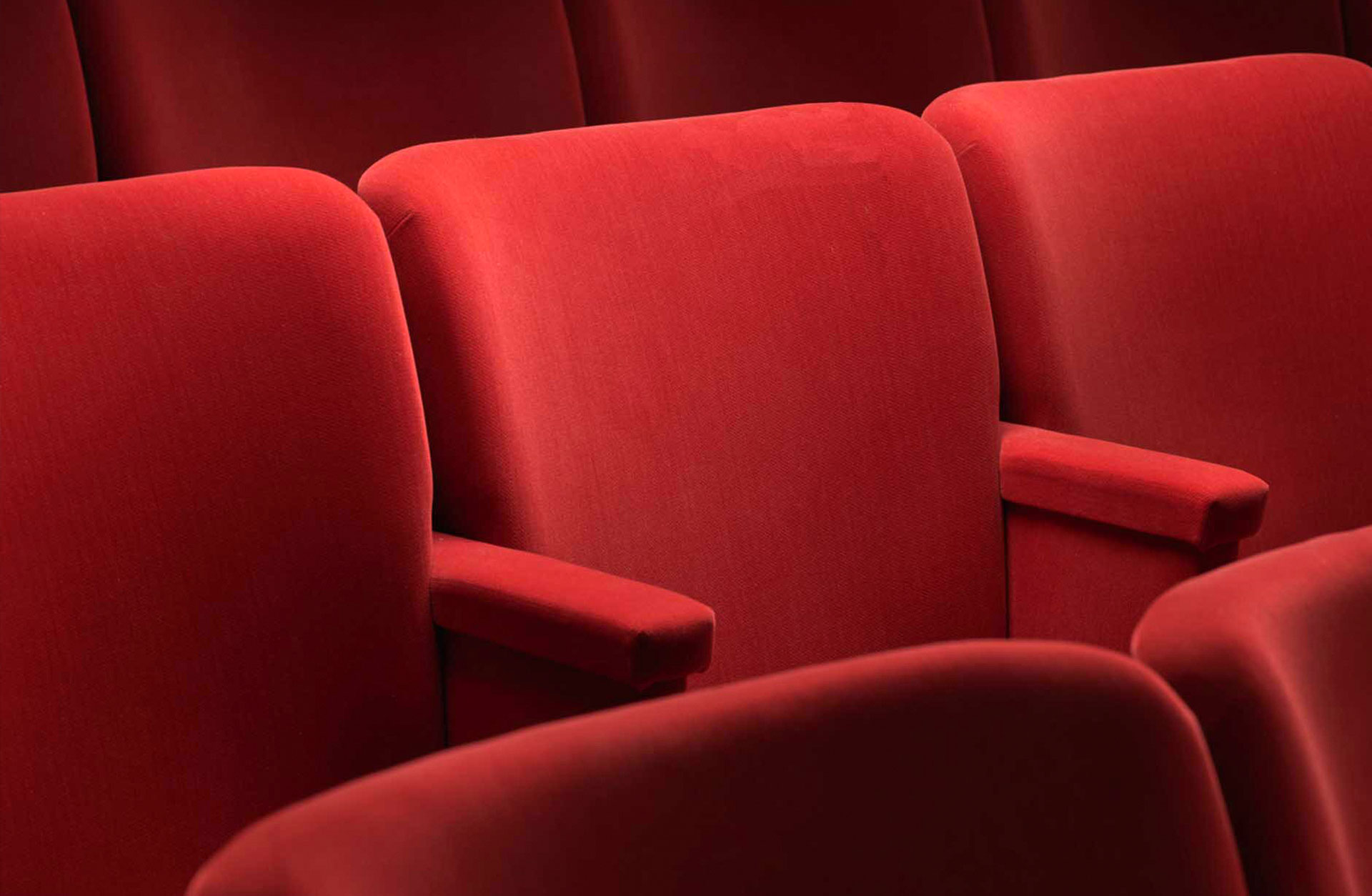
Here you will find all the necessary information that you need to know about before your magical visit in the Concert Hall.
Musicians from Gothenburg Symphony Orchestra, professional educators and singers inspire you in the Concert Hall - guaranteed energy injections for children and youth where you get to know even more people who love music.